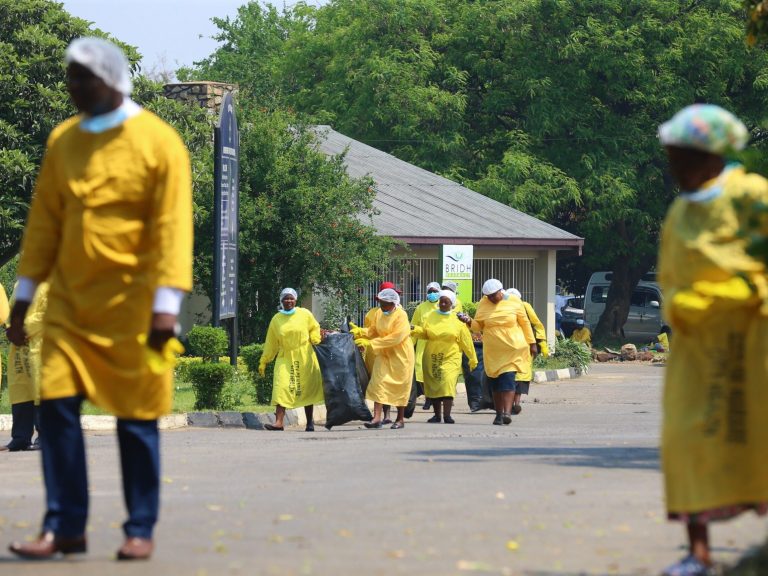Ticks on the attack. Protect your loved ones against tick-borne encephalitis

Preparations for the May weekend have started in full swing. From May we start the travel season and the time for trips around Poland and Europe. It is worth remembering that with spring comes the issue of ticks and the dangerous diseases they transmit. Tick-borne encephalitis (TBE) is now a year-round threat. When planning a trip, it is worth thinking about preventive measures and vaccination against TBE.
TBE is becoming a growing public health challenge in Europe and other parts of the world. The number of human cases of TBE in all endemic regions of Europe has increased by almost 400% over the last 30 years, risk areas have spread and new outbreaks have been discovered.
The largest increases in KZM are just beyond the Polish border
The problem of tick-borne encephalitis is increasingly becoming a significant public health problem in Europe. Global warming has resulted in more and more ticks. “Across Europe we are seeing increased numbers of ticks and the effects of the diseases they transmit. The Czech Republic, Germany and Sweden are recording increases in TBE cases, and the Netherlands, where the first case was diagnosed in 2016, has now become an endemic area. KZM is conquering new areas – for example, in Germany, the KZM risk area was defined for the first time in North Rhine-Westphalia,” says Prof. Ph.D. n. med. Joanna Zajkowska, an infectious disease specialist from the Department of Infectious Diseases and Neuroinfections of the Medical University of Białystok. Apart from Austria and the Czech Republic, increases in TBE cases are also observed in, among others, in Sweden, new endemic areas are also emerging, such as in Great Britain or the Netherlands.
The risk of TBE in Poland increases from year to year
In Poland, 445 cases of TBE were recorded in 2022, while a year later this number increased to 659, which is more than a double increase compared to four years earlier.
According to prof. Joanna Zajkowska's research shows that cases of TBE are now also recorded in voivodeships where they had not been detected before. In fact, there is no longer a region in Poland about which we could say: “TBE does not occur there.” Tick-borne encephalitis is a problem throughout our country, emphasizes Prof. Joanna Zajkowska
Safety comes first
Vaccinations can be performed all year round. Full immunization requires three doses in the primary vaccination course. The first two can be administered two weeks apart. The third dose, necessary for full immunization, can be administered even after another five months. Then the so-called booster doses. The first booster dose should be given after three years. And thereafter – every five years.
As emphasized by prof. Zajkowska – There is no cure for TBE, so vaccination is the only available form of counteracting this virus and its dangerous complications.
KZM: how it manifests itself and how it progresses
Tick-borne encephalitis – the most well-known tick-borne disease, next to Lyme disease, usually has a two-phase course. The first stage of the disease usually lasts a week, sometimes extending to 28 days. Symptoms then develop: muscles and joints hurt, and the patient has flu-like symptoms. If the body can cope, the disease will end there.
If the body becomes weaker and the virus enters the nervous system, there is a temporary improvement. It lasts no longer than three days. Then the symptoms come back with greater intensity: headache and fever are accompanied by neurological symptoms. – In its mildest form, meningitis occurs and requires hospitalization. Tick-borne encephalitis may lead to inflammation of the brain stem and nerve roots, i.e. various elements of the nervous system. In the worst case, a relatively common complication is brachial plexus paralysis, which results in weakness and paresis of the upper limbs or paralysis.






